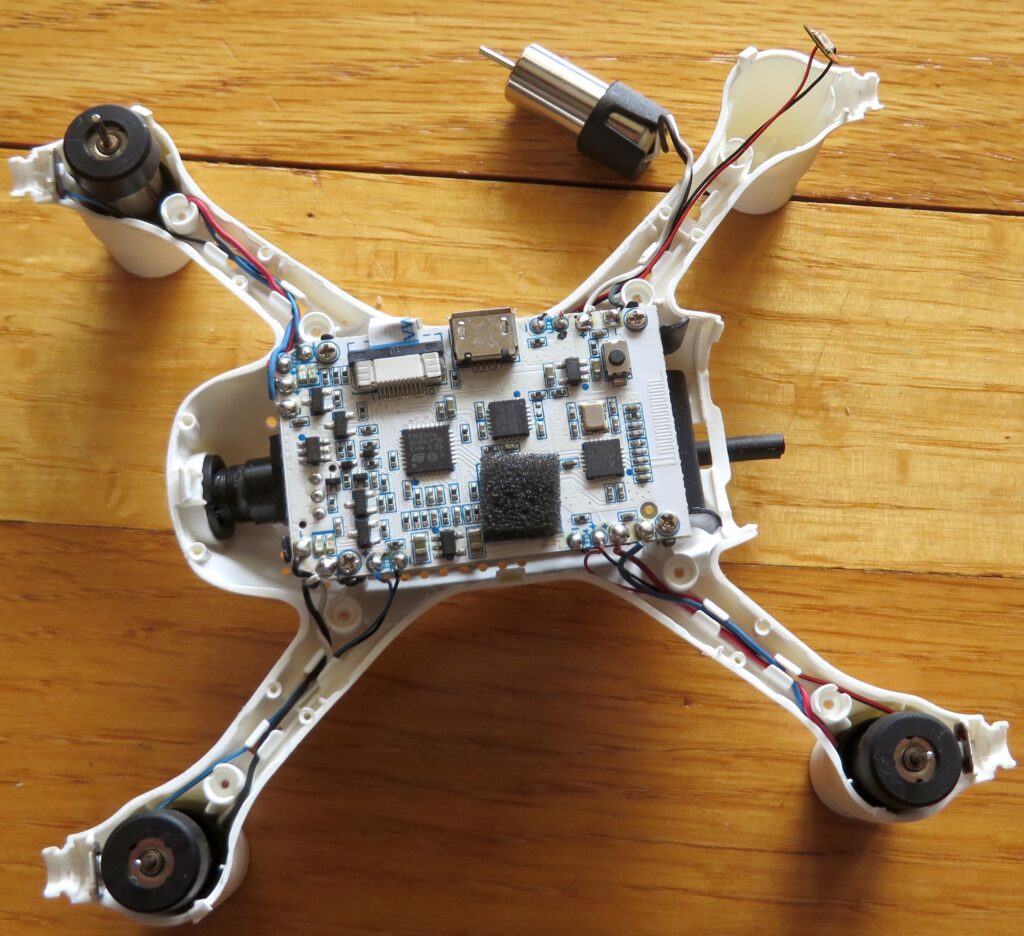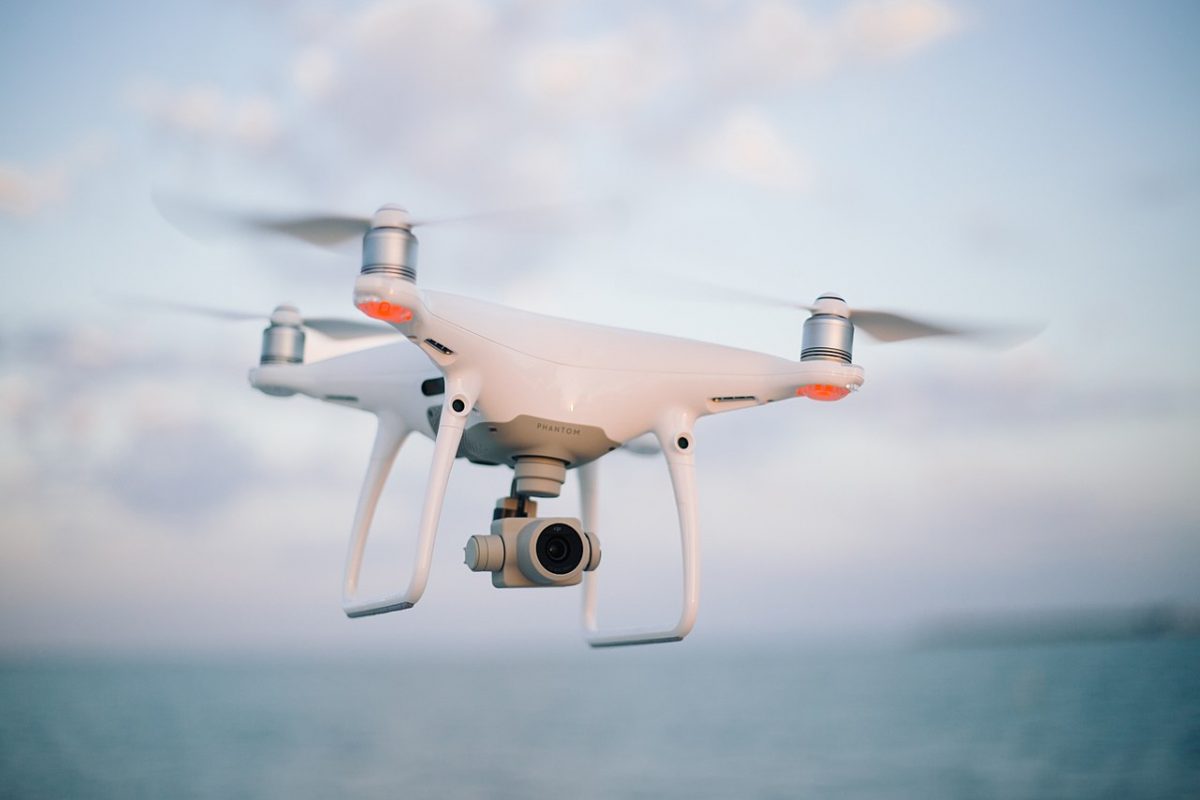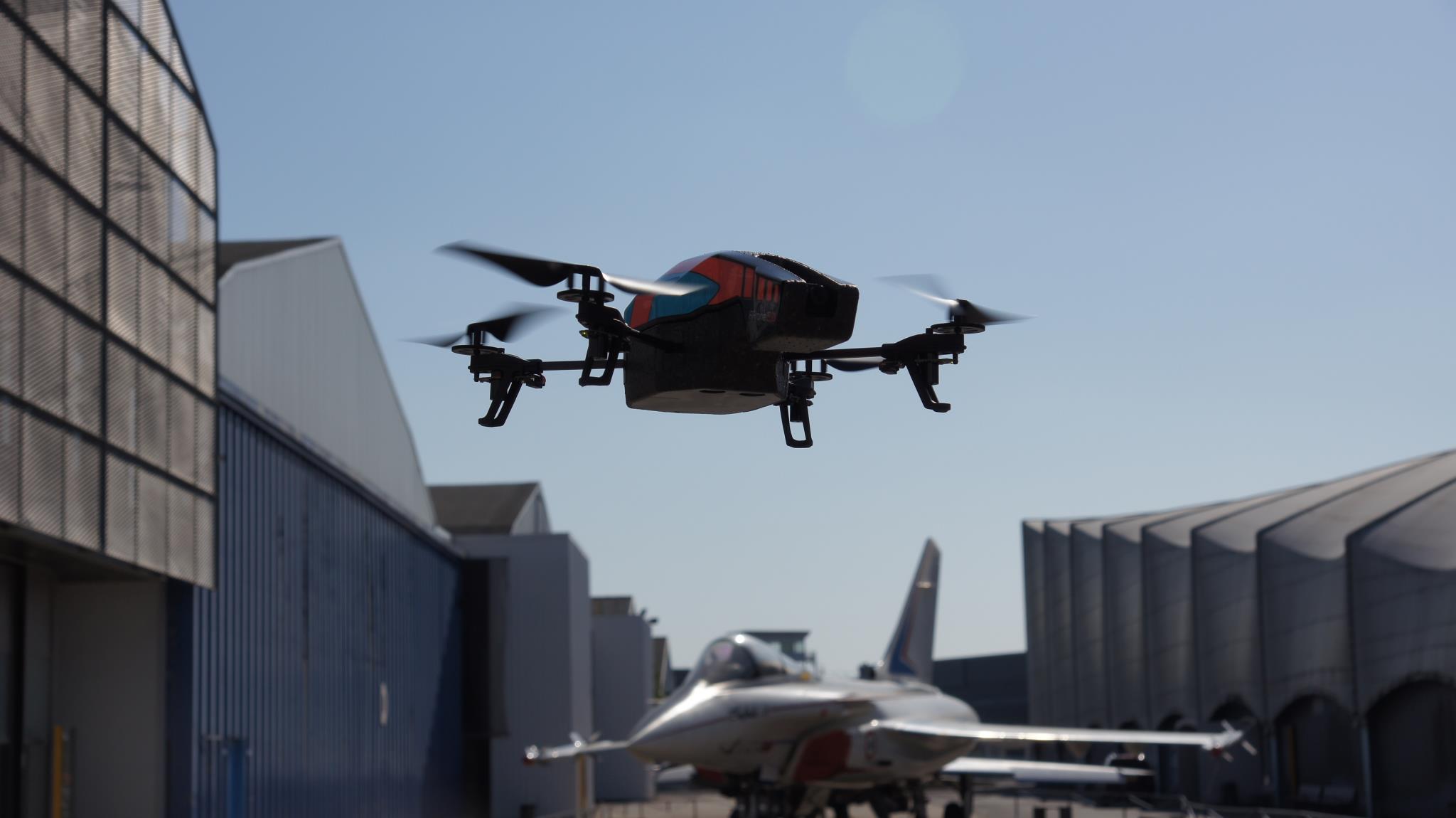Investing in the stock market has always been an exciting venture, with new opportunities emerging every day. One such opportunity that has caught the attention of investors is the world of drone technology. Drones have become increasingly popular in various industries, from agriculture to delivery and surveillance.
As this industry continues to grow rapidly, investors are flocking towards Drone Technology Exchange-Traded Funds (ETFs) for their investment needs.
What is a Drone Technology ETF and how does it work?
A Drone Technology ETF is an investment fund that focuses on companies involved in drone technology. It allows investors to diversify their portfolio by owning shares in the ETF, which tracks an index or a basket of drone-related companies.
This provides broad exposure to the entire drone industry, including manufacturers, software developers, and service providers. Investing in a Drone Technology ETF offers convenience, liquidity, and the potential for growth in this rapidly evolving sector.
Why Investors Are Flocking Towards the Emerging Drone Industry
The rise of drones has unlocked immense potential in various sectors. In agriculture, drones monitor crops, optimize irrigation, and identify areas needing attention. Delivery services utilize drones for faster package transportation. Drones also provide aerial surveillance for enhanced security measures.
The global commercial drone market is projected to reach $XX billion by 20XX, attracting both institutional and retail investors who see tremendous opportunities in this emerging field. The transformative power of drones across industries makes them an attractive investment option for those seeking high returns and innovative solutions.
Unleashing the Power of Drones in Various Sectors
Drones are revolutionizing multiple industries, unleashing their power to bring about significant changes. In agriculture, drones with advanced imaging technology provide valuable data on crop health and soil moisture levels, helping farmers make informed decisions to optimize their operations.
Delivery companies like Amazon and UPS are investing in autonomous drone technology for efficient package delivery, especially to remote areas while reducing carbon emissions.
Drones equipped with high-resolution cameras and thermal sensors offer a cost-effective solution for surveillance and security, monitoring large areas and enhancing emergency response capabilities. The versatility of drones extends to search-and-rescue missions during disasters and precise aerial inspections of infrastructure.
As drone technology advances further, new possibilities emerge across sectors, promising even greater advancements and transformation in the future.
Examining the Growth Potential and Market Size of the Drone Industry
The drone industry is booming, driven by increasing demand across sectors and supported by advancements in technology and favorable regulations. The global commercial drone market is projected to reach $XX billion by 20XX. This growth presents a promising opportunity for investors, who can participate through Drone Technology ETFs.
Investing in these funds offers diversification and professional management, allowing investors to gain exposure to the expanding drone industry without the need for extensive research or expertise. With its versatile applications and government support, the drone industry continues to show immense potential for future growth.
Benefits of Investing in ETFs rather than Individual Stocks
Investing in ETFs offers significant advantages over individual stocks. One key benefit is diversification, which reduces risk by spreading investments across multiple companies within a specific industry. Drone Technology ETFs, for example, provide a diversified portfolio of companies involved in the drone industry.
By investing in a Drone Technology ETF, investors gain exposure to various companies operating within the drone industry. This diversification helps mitigate the impact of any single company’s performance on the overall investment.
Professional management and expertise in selecting and managing a portfolio focused on drone-related companies further reduce risk and enhance potential returns.
ETFs also offer greater liquidity compared to individual stocks. They trade on major exchanges throughout the day, allowing investors to easily buy or sell shares during market hours. This flexibility provides efficient access to funds and eliminates potential liquidity issues associated with less actively traded individual stocks.
How to Choose the Right Drone Technology ETF for Your Investment Goals
When selecting a Drone Technology ETF, it’s important to consider factors such as underlying holdings, tracking error, expense ratios, and liquidity. Research the companies included in the fund to ensure they align with your investment strategy. Look for funds with lower tracking errors for more accurate performance representation.
Compare expense ratios to find competitive fees without compromising exposure. Consider liquidity for easier entry and exit without impacting prices. By evaluating these factors, you can choose a Drone Technology ETF that suits your goals and risk tolerance.
XYZ Drone Tech ETF: A Pioneer in the Industry with a Diverse Portfolio
The XYZ Drone Tech ETF is a pioneer in the drone technology industry, offering investors exposure to a diverse range of drone-related companies. This ETF includes leading manufacturers, software developers, and emerging players in the drone delivery sector.
Through its diverse portfolio, investors gain exposure to multiple aspects of the industry and potential growth across various sectors. Analyzing historical returns and future projections is crucial when considering investing in this ETF or any other Drone Technology ETF.
Examining past performance of top Drone Technology ETFs compared to broader market indices (e.g., S&P 500)
Drone Technology ETFs have outperformed the broader market indices, such as the S&P 500, in recent years. However, past performance does not guarantee future results. Investors should consider historical returns along with other factors that may impact future performance.
The increasing adoption of drones across industries and favorable regulatory developments have contributed to the strong performance of Drone Technology ETFs. When selecting an ETF, investors should assess factors like expense ratios, liquidity, and underlying holdings.
Careful analysis is crucial before making investment decisions in this evolving sector.
[lyte id=’V7ppPgYGDTU’]


.jpg/440px-MQ-9_Reaper_UAV_(cropped).jpg)




